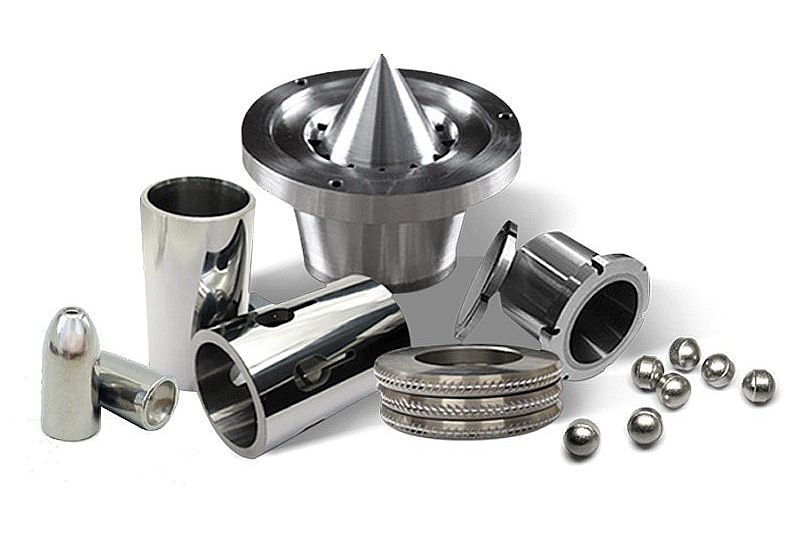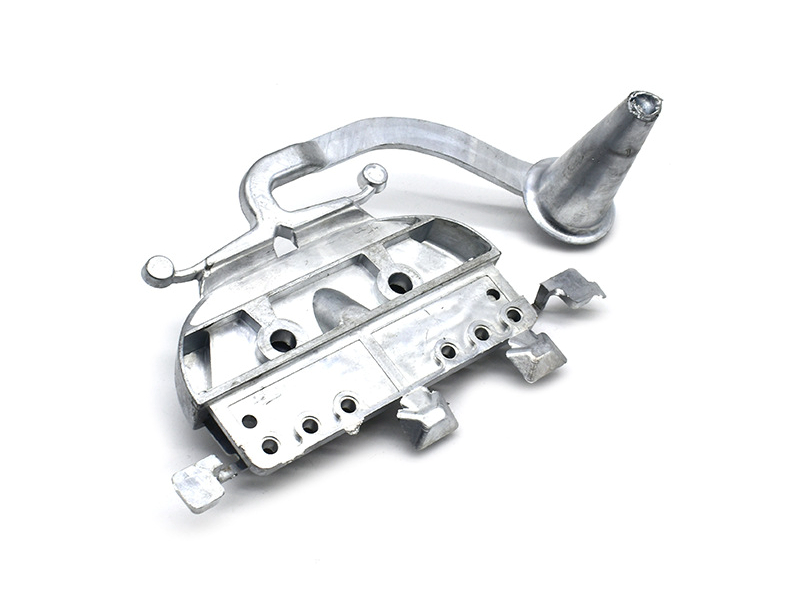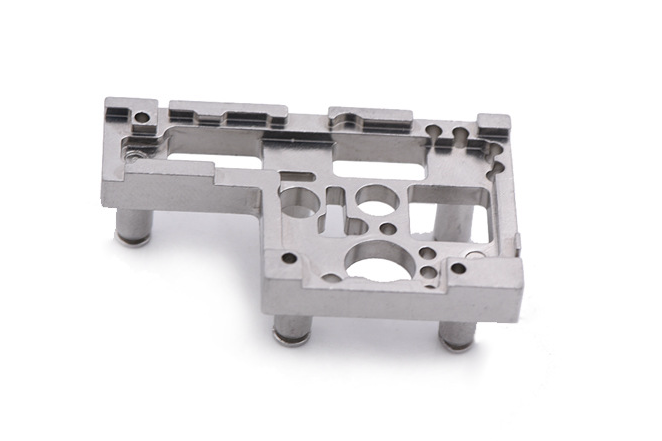How to lightweight tool housings through design and processes while keeping strength?
For handheld and portable devices in power tools and locking systems, lightweight housings have a direct impact on ergonomics, user fatigue, and vibration behavior. At the same time, these shells must withstand drops, high torque reaction forces, and long-term impact loads from internal mechanisms. From an engineering perspective, the most effective approach is to combine optimized geometry, high-stiffness-to-weight materials, and suitable manufacturing processes, thereby removing mass where it does not contribute to strength, while reinforcing critical load paths and interfaces.
Structural Design Strategies for Weight Reduction
The first step is to shift from “solid-wall thinking” to ribbed, function-driven structures. Instead of thick uniform walls, we use thin skins with strategically placed ribs, gussets, and boxed sections that follow load paths from motor mounts, gearboxes, and handle interfaces. Near-net-shape processes such as aluminum die casting and sheet metal fabrication allow complex internal rib networks, integrated bosses, and local reinforcements without unnecessary bulk. CAD plus FEA is used to identify low-stress regions where wall thickness can be reduced and high-stress zones where geometry, not mass, is used to increase stiffness.
Material Selection for Stiffness-to-Weight Performance
Aluminum alloys are a common choice for rigid outer shells and structural frames. For example, high-strength extrusions or printed brackets in 6000 series aluminum combine low density with good fatigue performance and can be integrated with cast housings. For over-shells, handles, and secondary covers, engineering plastics are preferred. Materials such as nylon (PA), PBT, and polycarbonate, or blends like ABS-PC, processed via plastic injection molding, provide high impact resistance and toughness with 40–60% mass reduction versus comparable metal designs. Glass fiber reinforced grades further increase stiffness so that thin walls still feel solid in the hand.
Process Combinations to Enable Lightweight Geometries
Hybrid construction is often the best route. A rigid inner frame can be produced by aluminum die casting or precision-formed sheet metal, while outer shells and ergonomic grips are created by overmolding soft elastomers onto rigid plastic or metal inserts. Early-stage housings and frames are validated with CNC machining prototyping or 3D printing prototyping, allowing multiple design iterations without committing to full tooling. Once stiffness, drop performance, and assembly behavior are confirmed, production is transferred to high-efficiency processes like injection molding for plastics and die casting for metals, preserving lightweight geometry with repeatable quality.
Surface Treatments and Durability at Reduced Wall Thickness
When walls are thinned, surface durability becomes more critical. For aluminum housings, anodizing enhances wear and corrosion resistance while providing a hard outer skin that supports scratch resistance and color branding. Steel brackets or exposed components can be protected with powder coating, which adds a tough, chip-resistant layer without significantly increasing weight. These surface treatments ensure that lightweight structures maintain their integrity in harsh job-site environments, even when housing thickness is aggressively reduced.
Design Guidelines to Balance Weight and Strength
Define load paths from major components (motor, gear train, battery, latch) and reinforce them with ribs and boxed sections instead of thick walls.
Use aluminum or sheet metal frames combined with plastic over-shells to separate structural and ergonomic functions.
Select reinforced engineering plastics where stiffness is critical, and unfilled tough grades where impact absorption is needed.
Validate designs through prototype builds using prototyping workflows and drop, vibration, and torsion tests before freezing geometry.
Apply suitable surface treatments to protect thinned housings from wear and corrosion, maintaining performance across the product’s life.



